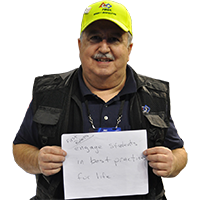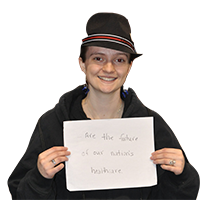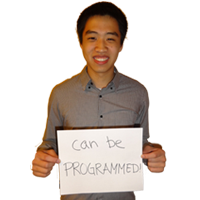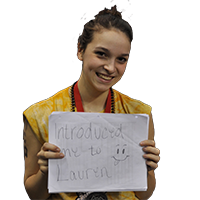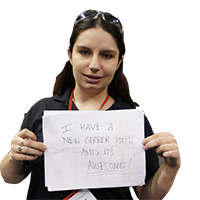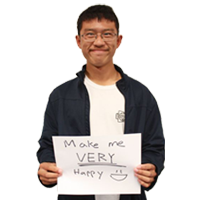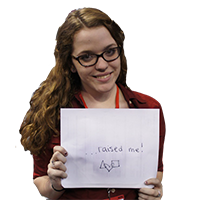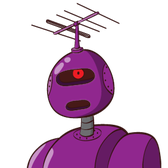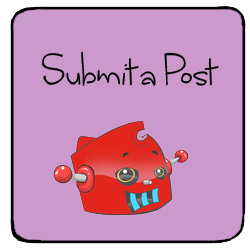Paralysis has always been an especially pressing issue for those people who have it, as they lose their ability to move around and perform simple daily functions. Even when we look at state-of-the-art examples of technology and robotics used to their best, we see that there isn’t much progress in terms of using technology for the disabled. But with this new robotic arm, that just might be changing.

http://www.youtube.com/watch?feature=player_embedded&v=QVhJuwfNTC4
This short video displays how the first test patient, Jan Scheuermann, used the robot arm (with an implant in her skull) to feed herself chocolate. Scheuermann has quadriplegia, a form of paralysis that prevents partial or full movement of the limbs and torso, and for a long time she has not been able to move her body by herself. For those of you who want to sort-of full story, here’s a longer coverage of her story.
The idea behind the robotic arm is quite simple. The brain emits electrical signals through impulses and neural activity, and these impulses can be rewired to an outside source, rather than being transmitted down the spinal cord and getting lost in diseased patients. In Jan, the robotic arm was connected to her brain (penetrating a sixteenth of an inch into the brain) using two quarter-inch square electrode grids, with 96 contact points to transmit electrical signals. To make these electrical signals readable to a computer system, they are transcribed into computer code that then is processed by the robotic arm. What’s more, this robotic arm takes a new perspective on a reading algorithm. While most other algorithms attempt to work through a library of different signals and identify a specific one, this new algorithm effectively models the brain, so it takes multiple impulses together (as one impulse leading to the next) and processes them like that. It’s difficult to describe in words, but essentially it imitates the brain better than traditional methods do.
Through training, Jan was able to move things around, feed herself, and altogether perform regularly daily functions using the robotic arm. She performed with 91.6% efficiency and almost 30 seconds faster for in general than at the start of her trial. The next goal of a robot-brain interface would be to be able to send sensation back to the brain, for example in the forms of texture and temperature of touched objects.
And as an interesting fact, the first that Jan thought about after entering the trial? “I’m going to feed myself chocolate before this is over.” And she did.

